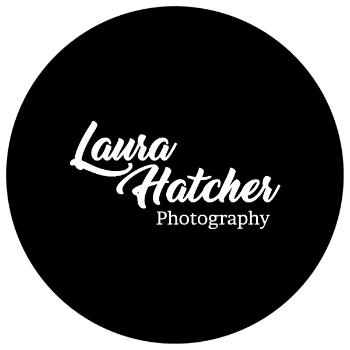"By failing to prepare, you are preparing to fail."
— Benjamin Franklin
Earlier this week I had the privilege of supporting the Career Transition Hiring Event at the Sea Air Space 2025 Conference at the National Harbor Gaylord Convention Center.
One of the reasons I still love my job is the constant challenge each day brings. No matter how much I plan, I always anticipate change. Whether it’s meeting expectations that don’t align with reality, handling unforeseen circumstances, working with different personalities, or managing fatigue from a long day—I always walk away feeling accomplished and having learned something new, even if it’s minor.
Lessons Learned
1. Site Visits Are A Must
I did a site visit earlier in the month before executing this event, and I can’t stress enough why this step is crucial. Here are three key reasons why I always conduct one:
- People's definition of light vary greatly. Contrary to popular belief, studio photographers don’t need light! We are bringing our own. Ideally, when going on location, I ask to be put in a room that has minimal windows and natural light. I tend to look for a corner out of the way. Ironically, this last conference was in a ballroom with nothing but floor-to-ceiling windows with a
 fantastic view of the Potomac River.
fantastic view of the Potomac River. - It helps me determine the logistics of travel, setup, and breakdown. Accessing the venue with all my gear is challenging—whether due to a lack of ramps, inconvenient parking, or limited space to maneuver. I try to map out my route in advance especially if I’m bringing a full studio that typically requires one or two carts to maneuver.
- I try to anticipate surprises by seeing the accommodations ahead of time. If I can’t go physically, I request pictures. I have had many experiences where I was told the space would be “very large” only to find out, there were some very permanent fixtures like conference room tables and bookcases that limited the floor space. I typically need a minimum of 8' x 12' (at the smallest) with at least 9' ceilings.
2. Power and Wi-Fi: Never Assume
I never assume there will be power, so I always come prepared with battery-powered lights that are fully charged the day before. However, managing a high-volume headshot event without Wi-Fi is becoming more difficult, as many of my software interfaces require it. This is now a standard question I ask in advance. Worse case scenario is using your phone hot spot, but there is not guarantee you will have cell coverage.
3. Staffing Matters
I pride myself on being a solo-preneur, but for an all day conference it’s exhausting so I try to invite 1-2 associates or friends to support me.
Outside the booth I have a “gatekeeper” to manage the crowd, control the queue, represent my business and more importantly anticipate the appropriate time to cut off the long lines. Conferences always end on time and suddenly the room around you will be broken down, because time is money and another event may be booked in that same space. Typically I am the last vendor standing since it takes time to pack up the studio.
If I intend on delivering an edited image on site as the client is leaving, then an assistant inside to help edit, cull, and show clients their images before they leave is a must.
This staffing ensures a smooth workflow, reduces wait times, and provides a more personalized experience for each client.
4. Creating a Private, Comfortable Space
Many people have never had a professional headshot before and feel nervous in front of the camera. I always make a point to create a private space, and I’ve been thanked multiple times for this. It helps calm nerves, allows me to focus on my subject, and gives me a less distractions when I have to troubleshoot an issue if needed.
In a conference setting, where ambient noise is loud and constant, the pipe and drapes that create the booth can be a lifesaver—but only if the reception area outside remains welcoming and inviting.
5. Maximizing Every Opportunity
My reception desk is more than just a check-in point—it’s a marketing tool. I always bring samples of my retirement books, military portraits and business cards to showcase my work. Many attendees don’t just need a headshot; they’re also preparing for a transition, retirement, or a significant career shift. Having these samples available starts conversations and opens doors for future bookings.
Wrapping Up
Attending a conference like this is a full production—from planning, packing, traveling, setting up, and breaking down to interacting with a diverse group of clients and producing high-quality images. It’s exhausting, but it’s also incredibly rewarding.
These events are physically demanding, but they reaffirm why I do what I do. Each interaction, each challenge, and each lesson learned makes me a better photographer and business owner. Looking forward to the next one!


0 Comments